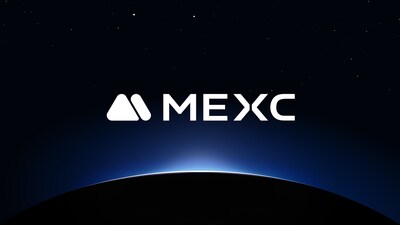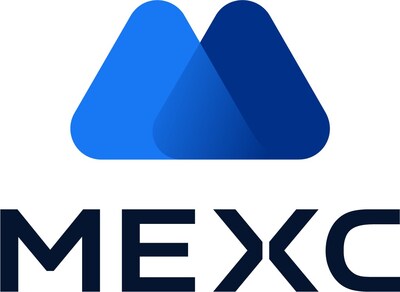Trump Eyes Tariffs to Fund Bitcoin Strategic Reserve

The idea of a Bitcoin Strategic Reserve is gaining traction inside Donald Trump’s digital assets advisory council, with a controversial funding method on the table—tariffs. Bo Hines, executive director of the newly formed council, floated the proposal during a recent interview with crypto podcaster Anthony Pompliano. His remarks suggest that the White House may be seeking creative ways to amass Bitcoin without tapping into taxpayer dollars.
Tariffs as a Crypto-Funding Tool
“We’re looking at many creative ways—whether it be from tariffs, whether it be from something else,” Hines said. His comments came in response to questions about how the United States could afford to buy Bitcoin at scale.
Hines also emphasized the goal is to “acquire as much as we can get” of the world’s leading digital asset. However, he was clear that the Bitcoin Strategic Reserve must not become a financial burden on the American public. The idea, according to Hines, is to fund Bitcoin purchases through indirect means, such as tariff revenue, rather than direct public spending.
The Birth of the Bitcoin Strategic Reserve
Donald Trump first unveiled the concept of a Bitcoin Strategic Reserve at the Bitcoin Conference in 2024. The initiative became more formal in early March 2025, when he signed an executive order establishing both the Bitcoin Strategic Reserve and a broader U.S. digital asset stockpile.
At this stage, neither entity has started buying crypto outright. Instead, the focus has been on consolidating digital assets already seized by U.S. law enforcement and laying the groundwork for potential future acquisitions.
While the initial rollout appeared mostly symbolic, Hines’ comments suggest a more proactive phase could soon begin. The former president’s team is now exploring ways to grow these reserves through state-led purchases—financed creatively.
Political and Economic Ramifications
The mention of tariffs as a funding mechanism comes amid a volatile period for global trade and markets. Trump’s fluctuating tariff regime has caused market uncertainty, especially in industries reliant on imported goods. Tariffs on basic items, such as clothing, could drive prices up by as much as 45%, according to NPR.
This strategy could serve a dual purpose: penalizing foreign exporters while funneling the proceeds into Bitcoin acquisitions. However, it raises questions about how such policies would affect U.S. consumers and trade relations globally.
John Nahas, vice president of business development at Ava Labs, highlighted the ongoing tension: “The irony is you went from complete regulatory uncertainty to regulatory certainty. But now there’s general market and geopolitical uncertainty.”
A Broader Digital Asset Strategy
The idea of a Bitcoin Strategic Reserve also signals a wider pivot in U.S. policy toward digital assets. While the Biden administration was known for its cautious regulatory stance, the Trump team is embracing a more assertive and strategic approach.
Under this model, the U.S. government could become an active player in the crypto space, not just a regulator. By investing in Bitcoin, the Trump administration would signal that it sees digital assets not merely as financial instruments, but as strategic economic assets—similar to gold or foreign currency reserves.
Such a move could have ripple effects across markets. Companies like Coinbase (NASDAQ:COIN), MicroStrategy (NASDAQ:MSTR), and even global financial players like Tesla (NASDAQ:TSLA), which previously held Bitcoin on their balance sheets, may find new relevance if a national Bitcoin reserve becomes reality.
Final Thoughts
The notion of funding a Bitcoin Strategic Reserve through tariffs may sound unconventional, but it aligns with Trump’s broader political style—bold, nationalistic, and disruptive. Whether the plan moves forward depends on political will and economic feasibility. But one thing is clear: the United States is seriously exploring how digital assets can play a role in its financial and geopolitical strategy.
With Trump’s team openly seeking ways to build crypto reserves without dipping into taxpayer funds, the era of state-backed Bitcoin accumulation may be just beginning.
Featured Image: Freepik © starline









